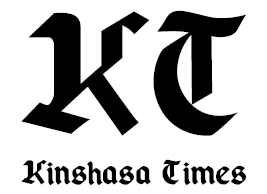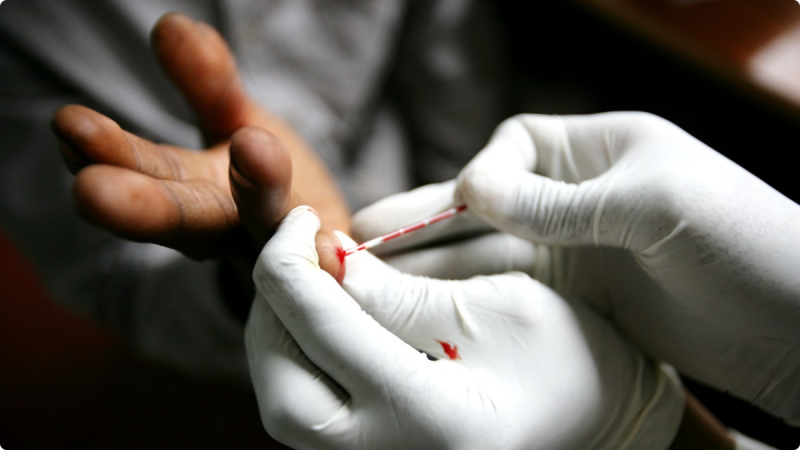On World Aids Day, we pay tribute to the people who are working on the frontline of the HIV response. People like Dr Pascal Milenge. He and his teams are providing antiretroviral drugs to health centers in Eastern DR Congo. “In the rainy season it’s a nightmare to reach the remote villages.”
It’s true, great progress has been made in the fight against AIDS in the past 15 years:
- The number of people with HIV on antiretroviral therapy (ART) went from less than 1 million to over 18 million;
- Instead of 8 pills per day HIV can now be treated with 1 pill a day;
- ART costs per year per person dropped from 10.000 to 100 US dollars. (source: UNAIDS)
Still a long way to go
But before you get too enthusiastic: the fight is far from over. With over one million people dying of AIDS every year, the epidemic still is one of the greatest global public health threats. HIV response workers are overstretched and under-resourced, especially in countries that are badly affected by the epidemic.
HIV in DR Congo
Take DR Congo. In the eastern provinces like North and South Kivu, movement of large numbers of refugees and soldiers, and the lack of access to testing and treatment, fuel the spread of HIV. Only one quarter of the estimated 370.000 people living with HIV in DR Congo have access to antiretroviral therapy.
Cordaid’s response
To counter the epidemic, and with generous support from the Global Fund, Cordaid leads an alliance of 13 partners. Together we supply and strengthen 175 health centers in the remotest rural parts of 6 provinces of DR Congo. Aid workers, doctors, nurses, pharmacists, drivers and peer educators combine forces and services to make sure people are HIV tested and if needed counseled and treated.
Over 150,000 people on antiretroviral treatment
By the end of next year we want over 150,000 people living with HIV on antiretroviral treatment in our program. With 73,090 adults and children on treatment so far we are nearly half way.
Other goals are:
- To reduce mother-to-child transmission from 34.4 to 8%
- To reduce HIV mortality from 75/1000 in 2012 to 32/1000 in 2017
- To provide antiretroviral treatment to at least 95% of patients with co-morbidity of HIV and TBC.
By air, road and canoe
By air, road and even canoe we are getting the aids drugs for tens of thousands of patients to all 175 health centers. This is a challenge, especially in provinces that are affected by conflict like South and North Kivu.
Program Coordinator Dr Pascal Milenge: “We always have to be on our guard in areas where armed rebel groups create insecurity. When it gets too dangerous our drug convoys can be accompanied by UN Peacekeepers. And in the rainy season it’s a logistical nightmare to reach the remote villages. But we know people’s lives depend on our stamina, so we never give up.”
What else do we do in the fight against AIDS?
Cordaid has many programs that are countering HIV and other sexually transmissible diseases. Read more about them.


